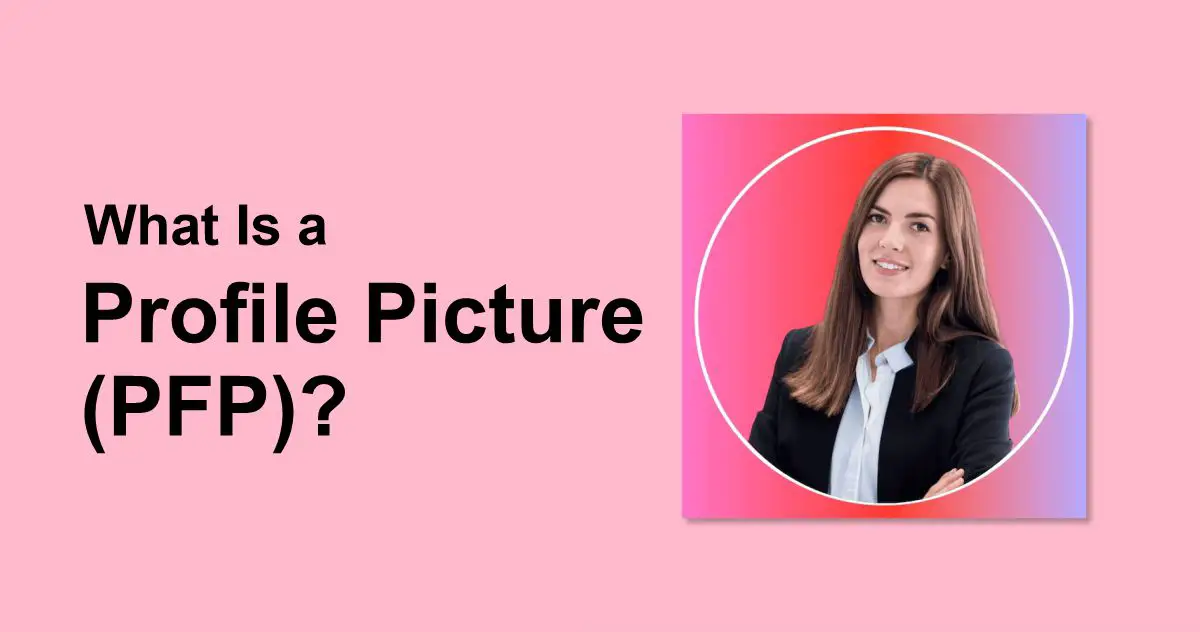A profile picture—commonly shortened to PFP—is the image you choose to represent your identity on digital platforms. It’s the small but mighty visual next to your name on social media posts, messages, comments, and even email accounts. Whether it’s a selfie, a professional headshot, a brand logo, or a creative illustration, your PFP serves as your online face. It’s often the first thing others notice—and the visual they associate with everything you share.
What Does a PFP Do?
More than just an image, your PFP functions as your digital signature. On platforms like Instagram, X (formerly Twitter), LinkedIn, TikTok, and Facebook, it appears alongside your name, making your content instantly identifiable. PFPs help cut through the noise, especially on busy timelines or comment sections. They’re often the quickest way people decide whether to engage with your post or profile.
Each platform displays PFPs differently. For instance:
- Instagram and X use circular crops.
- Facebook uses a square by default but often displays it in a circular frame.
- LinkedIn favors a clean square layout that zooms into the face. Ignoring these nuances can result in awkward cropping or a blurry appearance, especially if the image isn’t sized correctly.
Fun fact: In internet slang, “PFP” can also mean Picture for Proof, especially in messaging or forums, but in the context of social media, it almost always refers to your profile image.
Why Your PFP Really Matters
Your profile picture plays a bigger role than you might think. It’s your digital first impression—and as we know, first impressions stick. Research backs this up:
- A LinkedIn study revealed that 80% of users believe a good PFP helps them build initial trust in someone online.
- Around 70% said they’re less likely to engage with a profile that has no image or an unprofessional one.
For businesses, a strong PFP boosts brand recognition. A consistent logo across platforms builds credibility and ensures users instantly know who they’re interacting with. For creators and individuals, it communicates your vibe—whether that’s playful, professional, edgy, or approachable.
How to Choose a Standout Profile Picture
Not sure what makes a good PFP? These tips will help you level up:
✅ Use High-Quality Images
Blurry or pixelated photos scream low effort. Use a clear, well-lit image with good resolution (at least 400×400 pixels for most platforms). Avoid over-editing—natural is best.
✅ Match Your Identity or Brand
- For individuals: A smiling, well-lit headshot works best on professional networks like LinkedIn. On casual platforms like Instagram or X, you can express more personality with creative shots, selfies, or even illustrations.
- For businesses: Stick to your logo or a simplified version of it. Make sure it scales well and is recognizable even in small formats.
✅ Stay Consistent
Consistency builds trust. Use the same PFP across platforms so people can recognize your presence immediately. If you update it, update it everywhere at the same time.
✅ Follow Platform Guidelines
Every platform has its own optimal dimensions. Here are a few to keep in mind:
- Instagram: 320 x 320 px (displayed as a circle)
- LinkedIn: 400 x 400 px minimum
- Facebook: 180 x 180 px (appears as a circle in most places)
- X (Twitter): 400 x 400 px
Check how your image looks after upload—it might crop differently on mobile versus desktop.
✅ Keep It On-Brand
If your brand is fun and quirky, your PFP can reflect that. But if you’re trying to convey professionalism and trust, avoid overly casual or chaotic images. Stay on message.
Pro Tip: PFPs and Social Listening Tools
Want to know if your profile picture is resonating with your audience? Social listening tools can help. You can track how people respond to visual changes, such as a new brand logo or updated profile photo. Monitor sentiment, engagement spikes, or even direct feedback—then tweak your visuals based on data, not guesswork.
Time to Refresh Your PFP?
Your profile picture is more than a placeholder—it’s a digital handshake, a personal logo, and a gateway to connection. Whether you’re building a personal brand, running a business, or just hanging out on social, a well-chosen PFP can increase trust, visibility, and engagement.
So take a minute to review yours:
- Does it reflect who you are or what your brand stands for?
- Is it clear, well-cropped, and up to date?
- Does it stand out in a crowd of generic images?
If not, it might be time for a refresh. Test different styles, get feedback, and don’t be afraid to evolve. With the right PFP, your digital presence becomes more powerful, approachable, and memorable.

